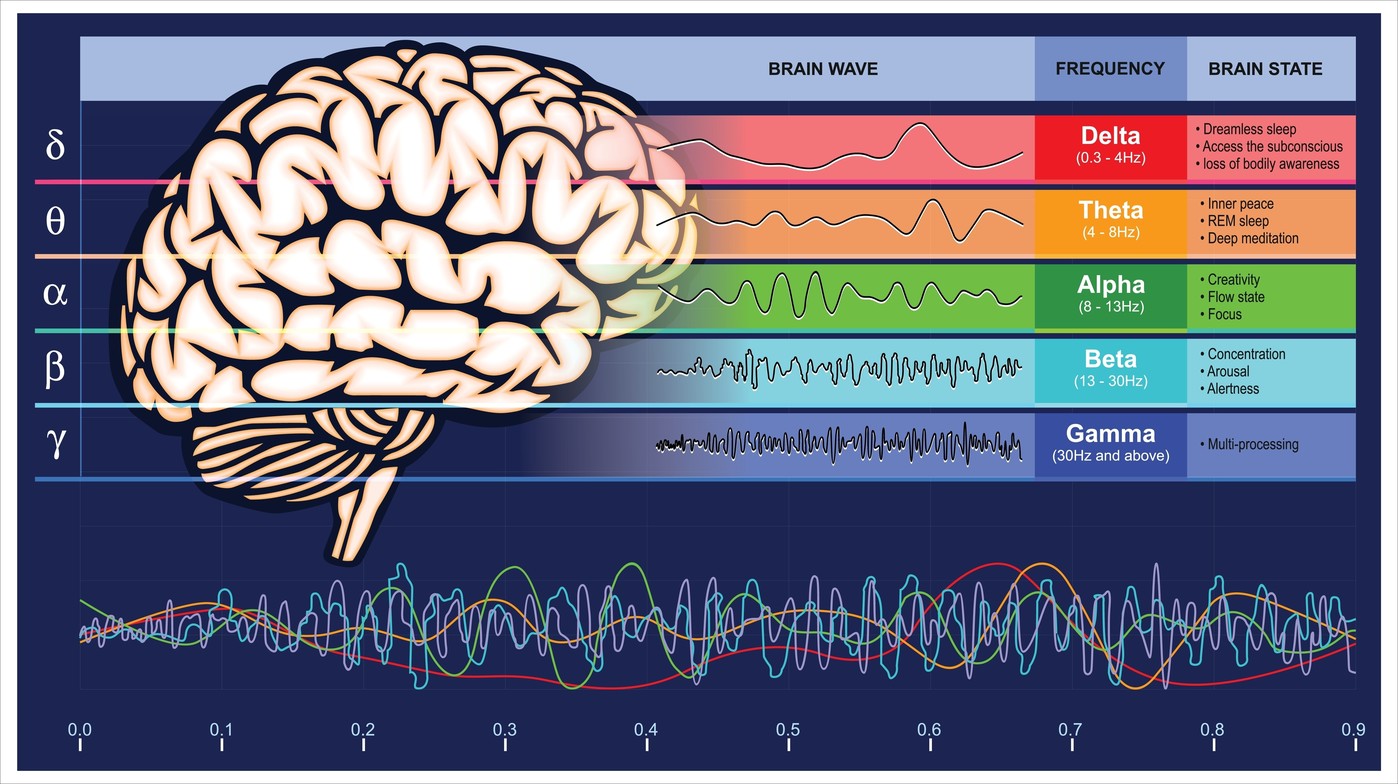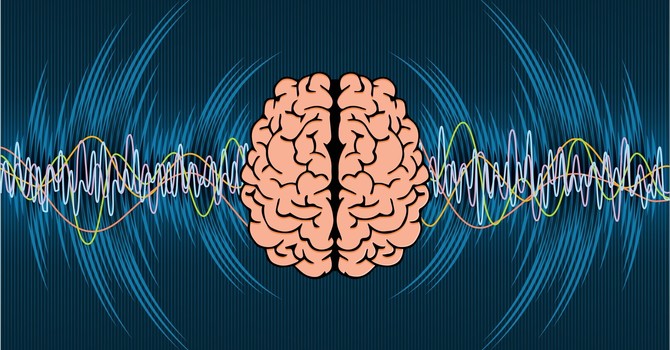
What a QEEG Brain Map Shows in Someone with Depression
A Simple Guide from O’Keefe Matz Functional Health Clinic in Saint Paul
When people feel sad, tired, or hopeless for a long time, it can be hard to understand what is really going on inside the brain. A qEEG Brain Map gives us a picture of how the brain is working. It shows which parts are calm, which parts are tired, and which parts are working too hard.
Before we look at what a brain map shows in someone with depression, it helps to understand the different brainwaves.
What Are Brainwaves
Your brain is always talking to itself with tiny electrical signals. These signals form patterns called brainwaves. Each type of brainwave does something different. A healthy brain can switch between them easily.
Delta
Delta is the slowest brainwave. It shows up most during deep sleep. If we see a lot of delta when someone is awake, they may feel foggy, slow, or very tired.
Theta
Theta is a little faster. It shows up in light sleep or daydreaming. Too much theta during the day can make someone feel spacey, unfocused, or overwhelmed.
Alpha
Alpha is the calm and relaxed brainwave. It appears when you are awake but peaceful. Too much alpha in the wrong place, especially in the front of the brain, can make someone feel unmotivated or stuck. Too little alpha can mean the brain is stressed and cannot relax.
Beta
Beta helps with focus, thinking, planning, and problem solving. Too little beta can make someone feel unmotivated, slow, or mentally tired. Too much beta can make someone feel stressed or restless.
High Beta
High beta is the fast, busy brainwave. It shows up when someone is anxious, tense, or stuck in worry.
What We Look For in a Brain Map
When we read a brain map at O’Keefe Matz Functional Health Clinic, we look at several things.
Power
We check if certain brainwaves are too strong or too weak.
Balance
We look to see if the left and right sides of the brain are working evenly.
Communication
We check how well different parts of the brain talk to each other.
Activation
We look for areas that are doing too much or not enough.
These clues help us understand why someone may feel sad, tired, anxious, or stuck.
How Brainwaves Become Dysregulated
Brainwaves can become unbalanced for many reasons. Stress, trauma, concussion, chronic pain, infections, hormone changes, poor sleep, and even long periods of worry can push the brain out of its healthy rhythm. When this happens, the brain may get stuck in patterns that are too slow, too fast, or too tired. Over time these patterns can cause sadness, low energy, trouble focusing, and emotional ups and downs. A brain map helps us see these patterns clearly so we know exactly how to help the brain get back on track.
What a Brain Map Often Shows in Someone with Depression
Here are the most common patterns we see when someone is dealing with depression.
1. Frontal Alpha Asymmetry
This means there is more alpha on the left side of the front of the brain than on the right.
Since alpha is a calm or idle brainwave, too much of it on the left side means that part of the brain is not very active. The left side helps with motivation and positive feelings.
How this feels:
-
Hard to get started
-
Low motivation
-
Feeling hopeless
-
Feeling flat or empty
2. Too Much Theta
Many people with depression have extra theta waves in the front or middle of the brain. This can make someone feel tired, slow, or foggy.
How this feels:
-
Trouble paying attention
-
Feeling tired all day
-
Brain fog
-
Feeling overwhelmed
3. Low Beta
Low beta means the thinking part of the brain is not working as strongly as it should.
How this feels:
-
Slow thinking
-
Trouble making decisions
-
Feeling unproductive
-
Difficulty organizing thoughts
4. Too Much High Beta
Some people with depression feel anxious at the same time. Their brain map may show very fast, tense brainwaves called high beta.
How this feels:
-
Racing thoughts
-
Irritability
-
Tension
-
Worry or fear
-
Feeling overwhelmed
5. Rumination or Looping Thoughts
There is a part of the brain called the default mode network. It becomes active when you think about yourself or your memories. If this area becomes too active, people may get stuck in negative thoughts.
A brain map may show:
-
Too much slow activity in the front center
-
Overactive areas in the back center
-
Poor communication between front and back regions
How this feels:
-
Constant negative thoughts
-
Thinking about the same problem over and over
-
Self criticism
-
Trouble staying present
6. Connectivity Problems
Sometimes the brain areas do not talk to each other well. This can make it hard for someone to shift their mood or feel emotionally balanced.
How this feels:
-
Feeling stuck
-
Feeling disconnected from others
-
Trouble shifting out of sadness
-
Low emotional resilience
7. Sleep Patterns That Are Off
Many people with depression also have trouble sleeping. A brain map may show patterns linked to poor rest.
How this feels:
-
Trouble falling asleep
-
Waking up tired
-
Feeling worn out during the day
How a Brain Map Helps
A qEEG Brain Map helps us understand why someone feels the way they do. It shows the patterns that may be causing sadness, low energy, or negative thoughts. With this information, we create a neurofeedback plan that helps the brain work in a healthier and more balanced way.
At O’Keefe Matz Functional Health Clinic in Saint Paul we combine qEEG guided neurofeedback with functional medicine, chiropractic care, bodywork, acupuncture, Frequency Specific Microcurrent, cold laser therapy, and nutrition. We support the brain and the whole body, so healing can happen from every direction.
Dr. Janell Matz
Contact Me


